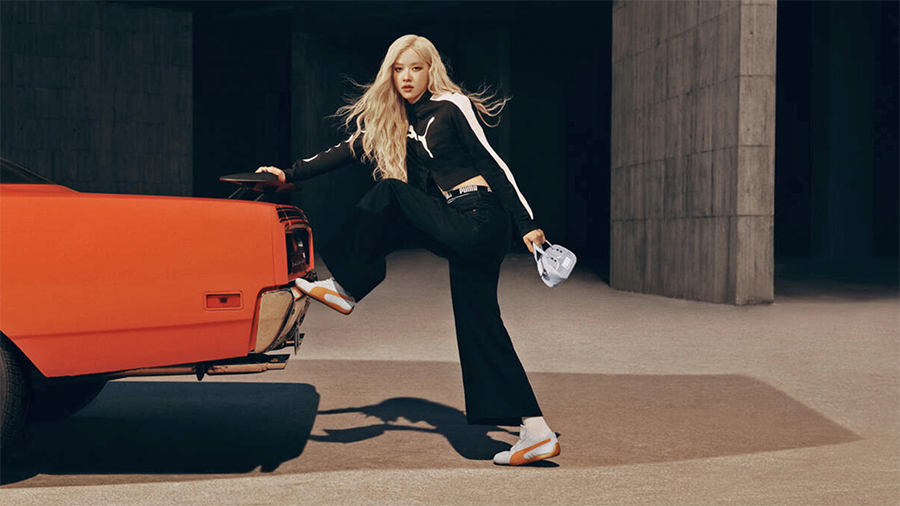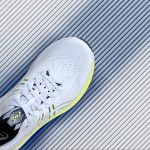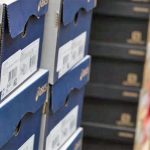Puma SE is revising its financial outlook for full year 2025 due to a softer than anticipated top-line trend for the second quarter and implications from U.S. tariffs based on information currently available.
On a preliminary basis, sales for the second quarter declined 2.0 percent to €1.94 billion in currency-adjusted (ca) terms. Currency fluctuation was said to be a “major headwind,” negatively impacting sales in euro terms by approximately €135 million, or down 8.3 percent on a reported basis.
- From a regional standpoint, the sales decline was reportedly driven by the key markets North America (-9.1 percent ca), Europe (-3.9 percent ca) and Greater China (-3.9 percent ca). While the sales in the rest of APAC also declined (-2.4 percent ca), Latin America (+16.1 percent ca), EEMEA (+0.5 percent ca) continued to grow.
- From a channel perspective the sales decline was driven by softness in the Wholesale business (-6.3 percent ca), while the Direct-to-Consumer (DTC) business increased (+9.2 percent ca) year-over-year (y/y), led by double-digit growth in E-Commerce.
- The growth in Puma’s Footwear business (+5.1 percent ca), was more than offset by a decline in Apparel (-10.7 percent ca) and Accessories (-6.4 percent ca).
Profitability
Second quarter gross margin reportedly declined by 70 basis points y/y to 46.1 percent of sales, primarily reflecting increased promotional activity and unfavorable currency effects. This was said to be partially offset by tailwinds from sourcing and freight, as well as a positive impact from distribution channel mix.
The second quarter adjusted EBIT, excluding one-time costs, decreased to negative €13.2 million. In addition to the overall softer top-line development, the decline in adjusted EBIT was said to be mainly driven by the lower gross margin.
Puma incurred one-time costs of €84.6 million in the second quarter.
Taxes on income amounted to -€94.7 million. The increase compared to last year was mainly driven by deferred tax assets write-offs in the U.S. and China.
The company’s second quarter net loss came in at €247.0 million, compared to net income of €41.9 million, or €0.28 per share, in the year-ago Q2 period.
First Half (H1) Summary
- Preliminary currency-adjusted sales in the 2025 first half declined 1.0 percent ca to €4.02 billion, or down 4.8 percent on a reported basis.
- The H1 gross profit margin decreased 60 basis points y/y to 46.5 percent of sales.
- The adjusted EBIT, excluding one-time costs, decreased to €62.5 million for the first half.
- During the first half year 2025, Puma incurred one-time costs of €102.6 million.
- The H1 net loss came in at €246.6 million for 2025.
Balance Sheet Summary
Inventories increased 9.7 percent y/y reported and 18.3 percent y/y currency-adjusted to €2.15 million at quarter-end and were said to be primarily impacted by higher inventory levels in our key markets.
Outlook
Amid ongoing volatile geopolitical and macroeconomic volatility, Puma said it anticipates that both sector-wide and company-specific challenges will continue to significantly impact performance in 2025.
“Key factors include muted brand momentum, shifts in channel mix and quality, the impact of U.S. Tariffs, and elevated inventory levels,” the company noted in a media statement.
Looking ahead, Puma no longer expects to achieve the currency-adjusted sales growth previously anticipated for the remainder of 2025. The softer top-line performance observed in the second quarter is expected to persist for the remainder of 2025, resulting in higher inventory levels. In this context, Puma will continue to actively reduce inventory levels. Despite ongoing mitigating measures such as supply chain optimization, pricing adjustments and partner collaboration, the U.S. Tariffs are expected to have a mitigated negative impact in 2025 of around €80 million on gross profit.
In response to these developments, Puma SE has revised its full-year guidance:
- Currency-adjusted sales are now forecast to decline low-double-digit percentage. The company had previously guided for a low- to mid-single-digit percentage currency-adjusted increase.
- The company now expect an EBIT loss in the full year 2025. Puma had previously guided for EBIT of €445 million to €525 million for the year. The shift reportedly reflects softer top-line development, increased currency headwinds, the impact of the U.S. tariffs and additional measures, including one-off charges, to further align the cost base in the second half of the year.
Puma provided an earnings outlook for reported EBIT only.
In response to second quarter performance and the muted growth outlook in the second half of 2025, Puma has revised its capital expenditure plans for the year and now expects to invest ~ €250 million in 2025, compared to a previous plan for ~ €300 million.
The company noted that references to one-time costs include cost related to the “nextlevel” cost efficiency program, goodwill impairments and other one-time costs
The company also noted that these reported financial results are preliminary and unaudited.
Image courtesy Puma SE
















